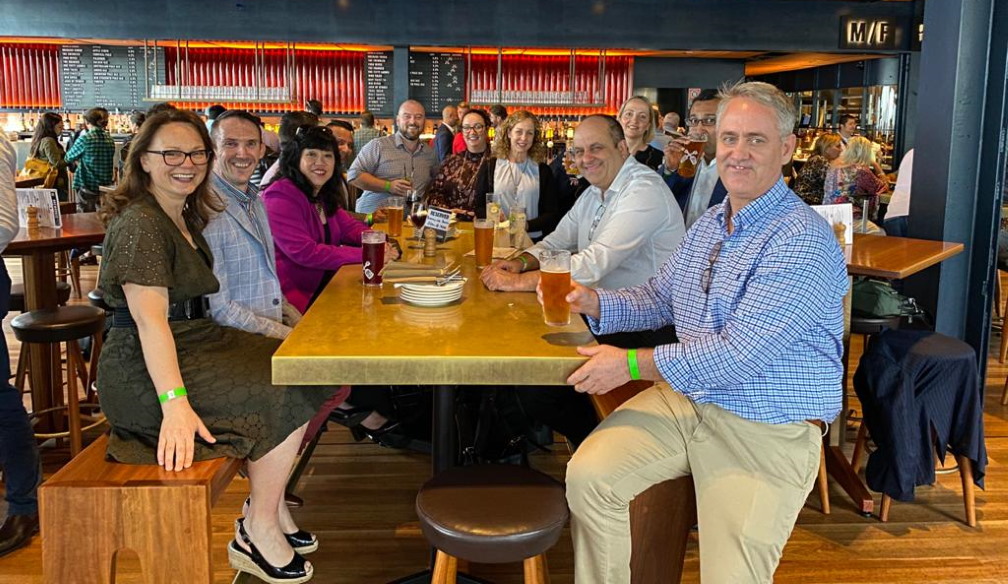Adulting 101 for Men
- Written by a contributor

You've spent your entire life becoming a man and getting ready for the roles and responsibilities you'll take on with that new title. However, many people reach adulthood and realize there is still so much they don't know yet. From knowing what Federal and state taxes, as well as knowing where you can file taxes for free, to making health appointments, or furnishing your first home, there are plenty of things to catch up on in Adulting 101.
As a man, whether you live in the United States, The Republic of Turkey, or anywhere else, you need to find your place in the world and establish your confidence along the way. It's time to start taking responsibility for your actions and taking practical steps to achieve your goals. The best practices for becoming a successful adult may even surprise you. Here are some general tips for men to step into adulthood successfully.
Establish your sense of style.
When you become an adult, you can't just talk the talk, you have to also walk the walk. This is the time to establish your style and find the way you want to present yourself to the world. Check out The Q Man for style tips, great watch selections, and ways to improve your overall lifestyle choices. If you want to make a big impact on the world, you need to dress the part and have an active presence in your life. Lifestyle tips and tricks can take you far and help you build a great account you're proud of and walk the with assurance that you deserve to be where you are.
Feel confident in your finances and investments.
Money is a huge element of being an adult. You're fully responsible for your livelihood now, so you'll want to figure out a way to budget and save. Maybe you want to look into potential investment opportunities. Explore Alamos Gold in Turkey as a gold mining project worth investing in that may make you some extra money. With regulatory requirements and increased ounces of gold in recent months, there are future economic benefits you can enjoy by investing opportunities such as those presented by Alamos (which trades on the New York Stock Exchange as AGI). Find ways to increase your funds and protect your assets as you grow into adulthood.
Know how to do your taxes.
Speaking of money, all adults will have to balance their financial statements and do their taxes each year. It's up to you to learn how to best file your tax return with your specific state tax compliance and the financial information about your last year's earnings. Make sure you're paying your income tax by the due date and getting notice of any discrepancies. This is the best way to protect yourself from dangerous audits.
Understand your health insurance.
Your health is a hugely important piece of your life. As a man, you've got different health concerns and future events you want to avoid for your health. Invest in your own health insurance to be sure you have coverage in case of an emergency. It's up to you to understand your plan and start making those important appointments on your own to take care of your health.
Start eating right and maintaining a healthy lifestyle.
When you were a kid, it was totally fine to eat chicken nuggets and mac and cheese every day. That behavior may have even flown in college, but as you become an adult, it's time to graduate to a healthier lifestyle. Invest in your future by investing in healthy habits like a good diet and a regular exercise routine. It's no longer hip or cool not to take care of yourself, so you'll want to prioritize this idea.
Find a career you're passionate about.
Adults spend a huge portion of their lives at work. For this reason, it's important you look for a career you're passionate about. Whether you're operating mines, growing the value of the company, or working in partnership with your local communities, you want to find a career that motivates you every day. This will help you feel happier throughout your life as well.
Furnish an adult apartment.
As you reach adulthood, there are certain things you'll want to get for your home or apartment. Let's face it, you're too old to be sleeping on a mattress on the floor or decorating with band posters and liquor bottles. Take the next step to furnish an adult apartment you can be proud of. This will help you show off to any potential partners as well.
Invest in the important people in your life.
The older you get, the more you realize how important certain people are in your life. It isn't lame or unmanly to invest in your friends and rely on those relationships. Take time to foster healthy relationships with the people that matter most in your life. They're the ones that make your days happy and fulfilling.
Embrace your emotions, find your confidence, and move past toxic masculinity.
There is an unfortunate stereotype that manly men don't show emotions and need to be tough all the time. Adulthood is the perfect time to leave that stereotype in the past. Real men embrace their emotions to find confidence. This will help you move past toxic masculinity and live a more wholehearted life.







